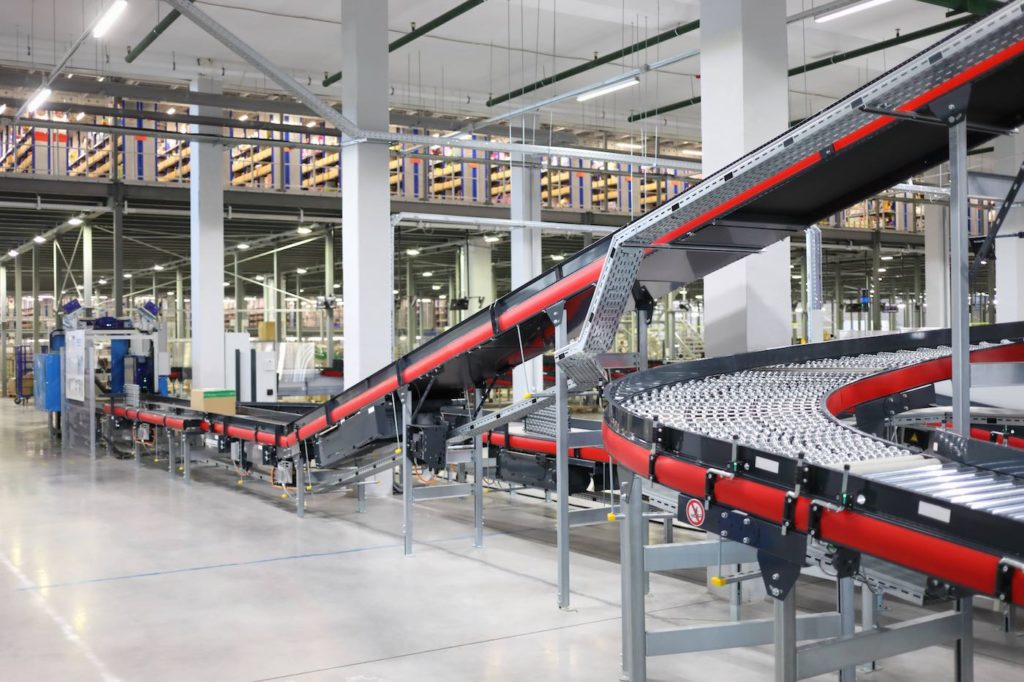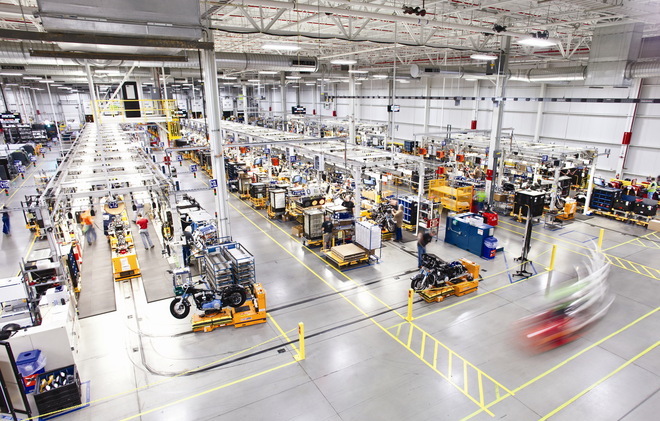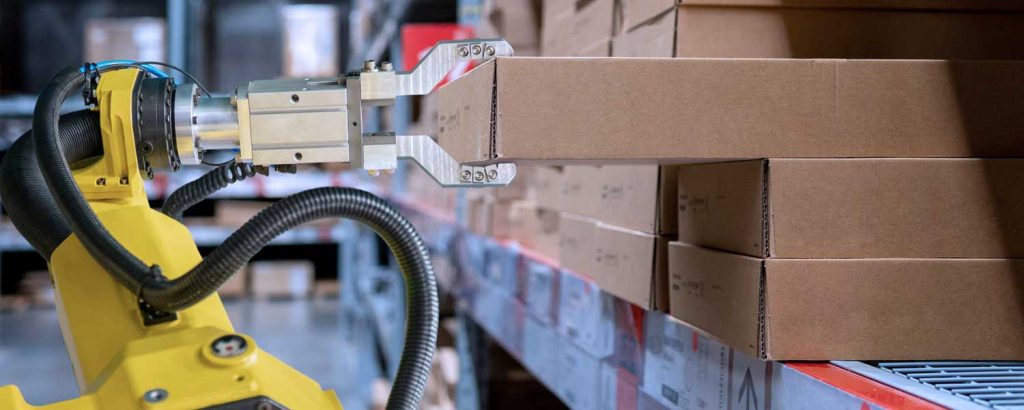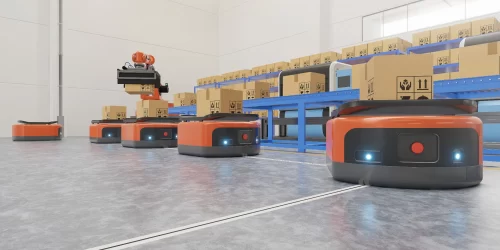Efficiency Innovation is what differentiates successful businesses to the rest, especially in the production industry. In the time when the supply chain is disrupted due to coronavirus, plant owners need to be adapted more quickly to not only stabilize but also push the production line to the next level of efficiency to win customers
All plant owners want higher production rates and increased productivity, more efficient use of materials, better product quality, improved safety, shorter and reduced factory lead times.

Material waste
Problems
A sizable number of costs is waste in manufacturing due to inefficient systems and processes (poor manufacturing practices) or unfulfilled employee talent (inexperienced and unknowledgeable employees)
To increase productivity, reduce lead time, and improve cost savings, getting a hold of waste is necessary. Manufacturers will see gradual—or even immediate—benefits once they take steps to reduce overall waste.
Solutions
1. Automation
Industrial automation can create more products in a shorter amount of time, eliminate human error, and produce near-identical products time after time. All three of these perks add up to major cost savings.
2. Machines routine check
Just by regularly checking your equipment (cleaning out dust and old grease, replacing parts, regreasing joints, and more), you can get the most out of the equipment you currently have.
Problems Many manufacturing assembly lines do not have the infrastructure or the tools to identify problem areas and analyze the entire assembly line process from one central location. Without accurate, ongoing, real-time information about your assembly line, you are not equipped to foresee potential issues or quickly react to them when they arise. This problem is caused by failing to track real-time production information. Solutions 1. Tracking Equipment set up Install equipment for tracking or fully automating the production system so it is easier to detect and anticipate possible bad outcomes And this equipment had better integrate into the big general system to ensure the information funnel would not be fragmented and effectively used 2. Studying production data With all the IoT and connected equipment of today’s manufacturing warehouses, getting the details of production is easier than ever. Use human-machine interfaces or programmable logic controllers to view data as your machines are working and save reports to study and compare later. Problems The speed of manufacturing line changeovers can make or break your product output. Costly in more ways than one, lengthy changeover time is something no business can afford. Solutions 1. Closely calculating expected time for a production line To better prepare for changeover phase, IE department has to calculate this metric more precisely to form an almost absolute time measurement for a production line running which will help shorten no-working time of a production line 2. Automation Instead of manual changeover with separated tasks, we corporate all phases into a integrated process run mainly by robots which help to remove all unnecessary inactive time. Problems Inventory management is a widespread problem in the manufacturing industry. Holding too little inventory can hurt both profits and the relationship with customers. Keeping too much inventory can be costly to store and difficult to sell Solutions Integrate software and tracking processes Investing in the right software and processes to track and manage inventory to save manufacturers time and money. Real-time tracking enables manufacturers to monitor and manage the flow of raw materials. It also lets them track work in process and finished products. This level of insight means companies can prevent inventory issues by intervening at first sign of a problem. Problems The complexity of machinery is what mainly contributes to injuries. Besides, the unfocused working attitude makes laborers make mistakes and hurt themselves Solutions 1. Employees training Proper training, competitive compensation, and making sure every employee takes breaks are all effective ways to reduce injuries and employee turnover. 2. Turn to automation The development of automation technology, particularly for goods transferring and regulate production line make laborer cut off is not an over-imagined solution Other adversities including Off-Balance Workstations; Low production rate; or Idle laborers Automated guided vehicles (AGVs) systems for Automation Automation can deal with almost all mechanical and even cut down costs for manufacturers in the long-term And AGVs are an essential part in automation in production line or warehouse factory To understand what AGVs are and how to set up an AGV system, click here for more information For quicker AGVs or automation systems, contact us directly through: Hotline: (+84) 984 695 398 Email: gluexpert@prostech.ph Cannot foresee potential issues
Lengthy changeover time
Inventory management
Safety risks







